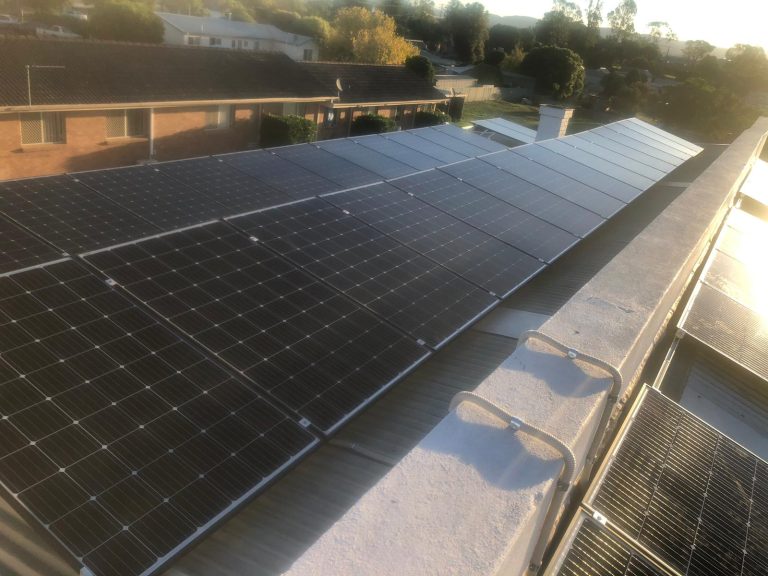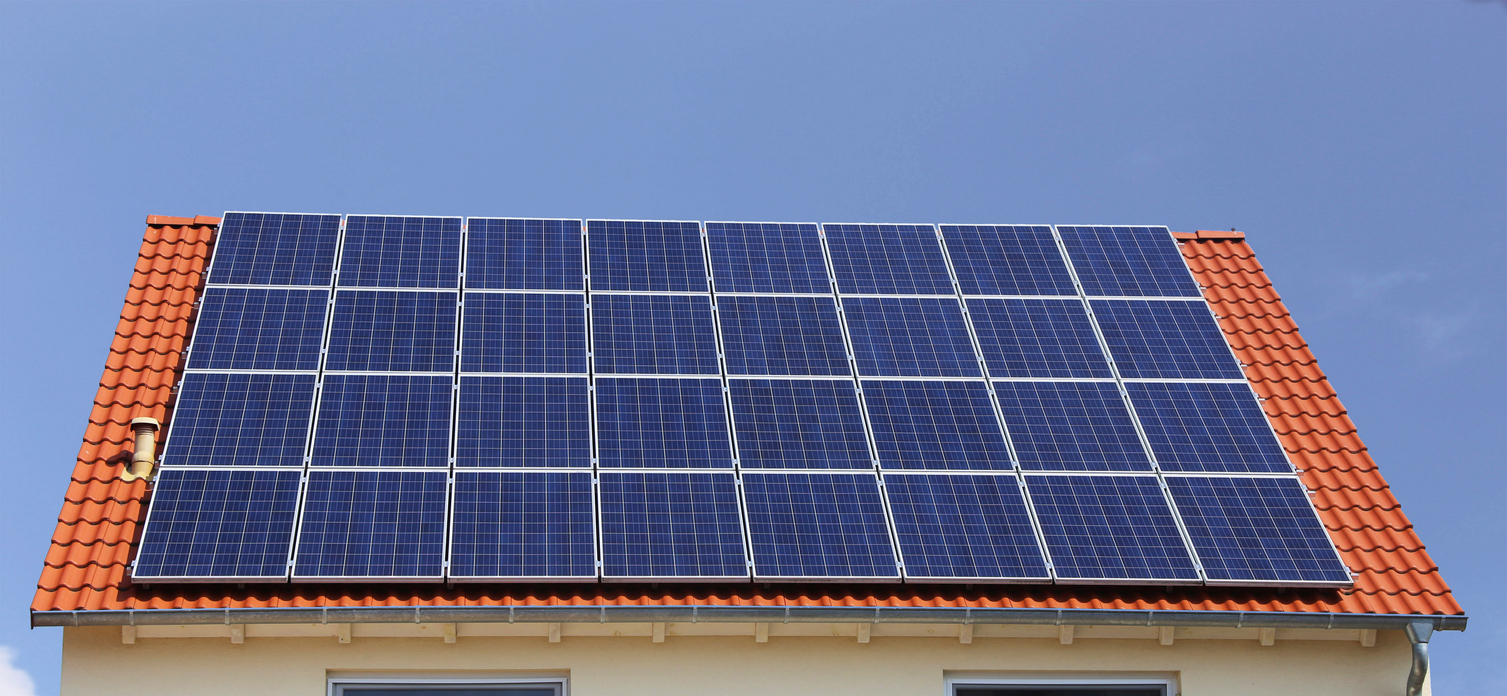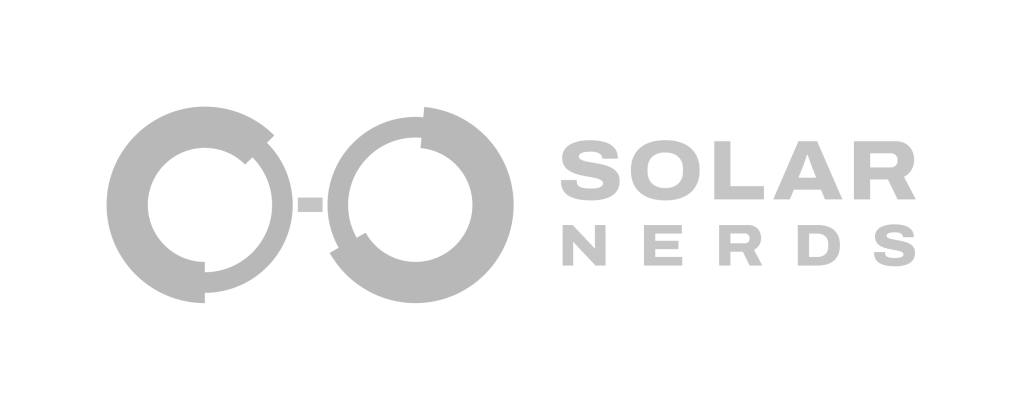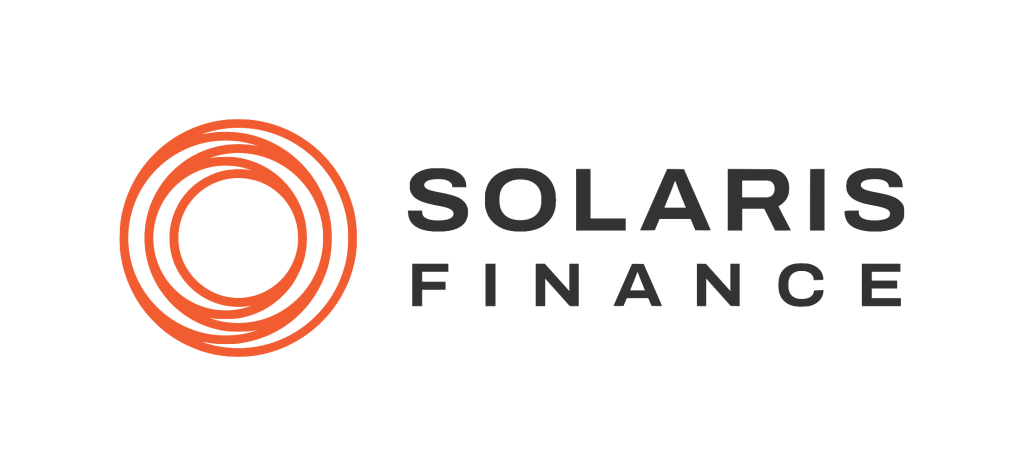Table of Contents
Understanding a 10kW Solar System
What Is a 10kW Solar System?
A 10kW solar system is a photovoltaic setup capable of producing up to 10 kilowatts of power under optimal conditions. It refers to the total capacity of the solar panels, not the inverter. This sizable system is typically suited for larger households with high energy consumption or small businesses aiming to offset substantial portions of their electricity bills. It is a common system size that we finance at Solaris Finance.
Components of the System

Solar Panels
The solar panels are the core of your system, responsible for capturing sunlight and converting it into direct current (DC) electricity. For a 10kW system, you will generally need between 25 to 30 panels, depending on the wattage of each panel. For instance, if you opt for 400W panels, approximately 25 panels will suffice. If you choose 330W panels, you might need around 30 panels.
Inverter
The inverter is a crucial component that converts the DC electricity generated by the panels into alternating current (AC) electricity, which can be used by your home appliances or fed back into the grid. For a 10kW system, inverters are typically rated between 8kW to 10kW. You will need to decide between a single-phase and a three-phase inverter:
- Single-Phase Inverter: Suitable for most residential properties but may have export limitations imposed by energy providers.
- Three-Phase Inverter: Ideal for larger systems and properties with a three-phase power supply, allowing for better energy distribution and potentially higher export limits.
Mounting Equipment
This includes the racks and hardware used to securely attach the solar panels to your roof. You’ll need about 50 to 65 square meters of roof space for a 10kW system. The panels should ideally face north in Australia to maximise sun exposure, and the tilt angle can be adjusted to capture the most sunlight throughout the year.
Energy Production and Efficiency
How Much Electricity Does a 10kW System Produce?
A 10kW solar system can produce between 35 to 44 kilowatt-hours (kWh) of electricity per day on average, depending on your location and weather conditions. This translates to approximately 12,775 to 16,060 kWh per year. To give you a better idea, here are some daily production estimates in major Australian cities:
- Brisbane: Around 44 kWh per day
- Sydney: Around 38 kWh per day
- Melbourne: Around 35 kWh per day
- Perth: Around 44 kWh per day
- Adelaide: Around 40 kWh per day
Factors Affecting Energy Production
Geographic Location
Your location significantly impacts how much energy your solar system can produce. Northern regions of Australia receive more sunlight throughout the year, increasing potential energy production. Seasonal variations also play a role, with longer daylight hours in summer boosting production and shorter winter days reducing it.
Panel Orientation and Shading
The orientation of your panels is crucial for maximising energy production. North-facing panels capture the most sunlight in Australia. Shading from trees, buildings, or other obstructions can significantly reduce efficiency. Even partial shading can have a substantial impact, so it’s essential to minimise any shade on your panels.
Panel Efficiency and Temperature
Higher quality panels are more efficient but may come at a higher cost. Solar panels can lose efficiency in extremely high temperatures, so panels with a better temperature coefficient perform more consistently in hot climates. It’s important to consider the efficiency and temperature tolerance of the panels you choose, especially if you live in a region with high temperatures.
Oversizing and Inverter Limits
A common question that I get asked is why the capacity of the panels doesn’t match the capacity of the inverter. This is usually due to oversizing. Oversizing involves installing more solar panel capacity than the inverter’s rated output, a common practice in Australia due to regulatory allowances.
This approach maximises energy production, especially during peak sunlight hours. Australian standards permit oversizing up to 133% of the inverter capacity. However, it’s crucial to ensure that your inverter can handle the increased input and to be aware of any export limits imposed by your energy provider.
Financial Aspects
How Much Does a 10kW Solar System Cost?
In Australia, the cost of a 10kW solar system typically ranges from $9,000 to $14,000 after government rebates are applied. Several factors influence the total cost:
- Quality of Components: Premium panels and inverters offer better performance and longer warranties but come at a higher price.
- Installation Complexity: The type, height, and accessibility of your roof can affect labor costs.
- Additional Features: Systems equipped with advanced monitoring or battery readiness may be more expensive.
It’s important to obtain multiple quotes and consider both the upfront costs and the long-term benefits when choosing your system.
Government Incentives and Rebates
Small-Scale Technology Certificates (STCs)
The Australian Government’s Small-Scale Renewable Energy Scheme provides STCs, which reduce the upfront cost of your system. The number of STCs you receive depends on the size of your system and your location. Installers typically apply the rebate as an upfront discount, significantly lowering your initial investment.
Feed-in Tariffs
Feed-in tariffs are payments you receive for any excess electricity your system feeds back into the grid. Rates vary by state and electricity retailer, generally ranging between 5 to 12 cents per kWh. Some network providers may limit how much power you can export, so it’s advisable to check with your provider.
Return on Investment
Investing in a 10kW solar system can lead to substantial savings on your electricity bills. The typical payback period ranges between 3 to 6 years, after which you can enjoy ongoing savings. Potential savings can be up to $3,000 per year, depending on your energy consumption patterns, electricity rates, and feed-in tariffs. Maximising self-consumption of the solar energy you produce enhances your return on investment.
Choosing the Right Solar Installer
Options for Purchasing Solar
Using Solar Quote Services
Online platforms like SolarQuotes.com.au and SolarChoice.net.au allow you to receive multiple quotes from different installers by entering your details online. This method offers convenience and the ability to compare prices and services easily. Many platforms also vet the installers for quality and accreditation. However, not all installers participate in these platforms, and you may receive follow-up marketing communications.
Contacting Installers Directly
Reaching out to installers on your own can provide a more personalised experience. You can discuss your specific needs directly, and local installers may offer customised solutions and have better knowledge of regional requirements. It’s important to research and verify the accreditation and reputation of any installer you consider.
Accreditation and Installer Qualifications
Choosing an installer accredited by the Solar Accreditation Australia (SAA) is crucial. Accredited installers meet industry standards and are necessary for eligibility for government incentives like STCs. You should inquire whether the company uses in-house installers or subcontractors and ensure that all technicians involved are properly accredited and experienced.
Questions to Ask Potential Installers
- Are you accredited by Solar Accreditation Australia?
- Do you use your own installers or subcontractors?
- What warranties do you offer on workmanship and equipment?
- Can you provide references or testimonials from previous clients?
- What kind of after-sales support and maintenance services do you provide?
The Installation Process
Steps in the Installation
Site Assessment and System Design
The installer will conduct a thorough assessment of your property to design a system that meets your energy needs. This evaluation includes examining your roof’s condition and material, the orientation and tilt, and identifying any potential shading issues.
Approvals and Grid Connection
Before installation can proceed, the installer will handle the necessary permits and approvals, including grid connection agreements with your electricity provider.
Installation Day
Installation typically takes one to two days, depending on the complexity. The process involves mounting the panels on your roof, installing the inverter, completing the electrical wiring, and testing the system to ensure it’s operating correctly.
Post-Installation
System Testing and Commissioning
After installation, the installer will test the system’s performance and ensure everything is functioning properly. They will also guide you on how to monitor your system’s performance using any provided tools or apps.
Documentation and Warranties
You will receive all necessary documentation, including user manuals, warranty information for all components, and compliance certificates. It’s important to keep these documents for future reference.
Maintenance and Warranties
Maintaining Your 10kW System
Regular maintenance is essential to ensure your solar system operates efficiently over its lifespan. This includes:
- Cleaning: Keeping the panels free of dust, dirt, and debris to maintain optimal efficiency. Cleaning frequency depends on your location but is generally recommended once or twice a year.
- Monitoring: Regularly checking your system’s performance using the monitoring tools provided to detect any issues early.
- Professional Inspections: Scheduling professional inspections every few years to check for any potential problems and ensure all components are in good condition.
Understanding Warranties
Panel Warranty
Solar panels typically come with two warranties:
- Product Warranty: Covers defects in materials and workmanship, usually lasting between 10 to 25 years.
- Performance Warranty: Guarantees that the panels will produce a certain percentage of their original capacity, often at least 80% efficiency after 25 years.
Inverter Warranty
Inverters usually have a shorter warranty period, typically between 5 to 10 years. Since inverters may need replacement during the system’s lifespan, it’s important to consider the warranty terms and potential future costs.
Workmanship Warranty
This warranty covers the installation work and protects you against any errors made during the installation process. The duration typically ranges from 5 to 10 years, depending on the installer.
Frequently Asked Questions
Is a 10kW System Right for Me?
A 10kW solar system is ideal if your household or business uses 35 kWh or more per day. It’s suitable for larger homes, homes with swimming pools, or small businesses with higher energy demands. You’ll also need sufficient roof space about 50 to 65 square meters and a roof that is structurally sound.
What Are the Benefits of a Three-Phase Inverter?
Using a three-phase inverter offers several advantages:
- Load Balancing: It distributes electricity evenly across all phases, reducing strain on your electrical system.
- Higher Export Limits: Some energy providers allow you to export more power back to the grid with a three-phase system.
- Suitable for Larger Systems: It’s ideal for properties with high energy demands or that are planning future expansions, like adding battery storage or electric vehicle charging.
Can I Add a Battery to My 10kW System?
Yes, adding a battery to your solar system allows you to store excess energy generated during the day for use during peak times or at night. This increases your self-consumption and reduces reliance on the grid, potentially leading to greater savings. However, batteries add to the initial investment, so you’ll need to consider the additional cost versus the long-term benefits. Ensure that your inverter is compatible with battery storage or consider a hybrid inverter designed for this purpose.
How Do Feed-in Tariffs Affect My Savings?
Feed-in tariffs provide an additional income stream by paying you for the excess electricity your system exports to the grid. While rates vary, higher feed-in tariffs can improve your system’s return on investment. However, maximizing self-consumption of your solar energy typically results in greater savings, as the cost of electricity from the grid is usually higher than the feed-in tariff rate.
What Is the Payback Period for a 10kW System?
The payback period for a 10kW solar system typically ranges between 3 to 6 years. This depends on several factors, including the total installation cost, your energy consumption patterns, electricity rates, and the feed-in tariff. By reducing or virtually eliminating your electricity bills, you can recoup your investment within this timeframe and enjoy ongoing savings for the lifespan of your system.
Conclusion
Investing in a 10kW solar system is a significant decision that offers substantial benefits, including energy independence and long-term cost savings. By understanding the components, energy production factors, financial implications, and installation process, you can make an informed choice that aligns with your specific needs and goals. Selecting a reputable, accredited installer is crucial to ensure your system performs optimally and continues to provide value for years to come. Embracing solar energy is not only a smart financial move but also a positive step towards a more sustainable future.




